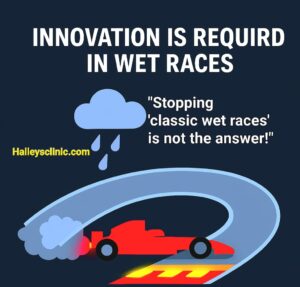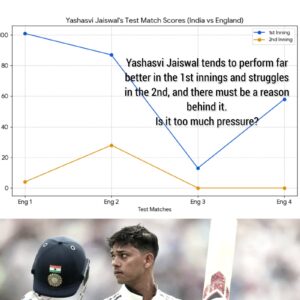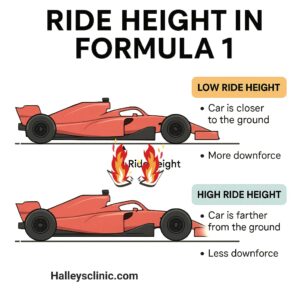Why Are Penalties in the F1 Practice Becoming More Common?

- By Dr. AK Rana
Practice sessions in F1 used to be a time for exploration — getting a feel for the track, testing new setups, and ironing out issues before qualifying.
But these days? They’ve become something else entirely.
Now, they’re just scary.
…
Because instead of using practice to improve car performance or build rhythm, drivers have a new top priority:
“Don’t get a penalty.”
Yes, you read that right — not even in qualifying or the actual race, but in practice sessions!
It seems like practice sessions are no longer about learning — they’re about tiptoeing through a penalty minefield.
Even if you’re just warming up tires or slowly exiting a corner, if you accidentally get in the way of another driver (who may or may not be overreacting), all it takes is one radio complaint and BOOM — grid drop penalty.
So now, forget your hard-earned qualifying position.
That stunning P4 you secured?
Wiped out by a minor incident in a practice session.
What kind of system is that?
It almost makes you wonder:
…
Is this a subtle strategy to boost viewership during practice sessions?
Because now fans are glued to their screens, wondering: “Who’s getting a grid penalty today?”
Oh, and how can we forget,
Yuki Tsunoda Canadian GP incident?
A classic example of why practice session penalties in 2025 are becoming laughable.
He got a 10-place grid drop—in practice—for overtaking under a red flag.
Sounds serious, right?
But here’s the real story: Oscar Piastri had just crashed into the Wall of Champions and was crawling on track with a damaged car.
Tsunoda was right behind him and had two options:
1. Slam on the brakes and stay dangerously close to a wrecked car throwing debris.
2. Quickly pass him and then settle down after the red flag.
He chose safety. He passed. And what did he get?
A 10-place penalty.
So basically, F1 is saying—“Next time there’s a crash, brake hard and sit there.
Let debris fly into your face, but dare you not overtake!”
It was beyond harsh.
Honestly, it was hilarious.
And when the stewards aren’t sure what penalty to give?
They just slap you with a fine.
A good chunk of money gone.
Where does it go?
No one knows.
Maybe into a mystery “overtaking fund.”
…
Because yes, in F1 now, you’re on track doing 300 km/h, but it’s your radio messages that determine if you’re getting a yellow card, a fine, or an empty wallet.
Drivers are left with two choices:
1. Complain first. Loudly.
If someone even slightly hinders your line — scream on the radio! Make a scene.
It’s no longer just about focus; it’s about turning practice into a penalty trap for your rivals.
2. Play it safe. Stay invisible.
Use as little track time as possible. Just hide on the sidelines and pray you’re not involved in anything that gets reviewed.
And let’s not even get started on inconsistency.
3-place drop, 5 seconds, 10 seconds — or sometimes nothing at all.
What decides the penalty?
Maybe it’s the severity, or maybe it’s just who looks more aggressive on the footage.
Or whether someone said “sorry” convincingly enough.
Or maybe your PR team didn’t clean up the mess quickly enough.
Who knows?
…
Defend yourself? Penalty.
Feel threatened? Penalty.
Exist during practice? Risk penalty.
And while the usual explanation is “discipline and safety” or “because kids are watching” (ugh, that last one is my least favourite excuse), can we at least leave practice alone?
If the results of practice don’t count for championship points, then neither should penalties that ruin actual race starts.
Otherwise, let’s just go all in — give points for pole in FP1 and call it a day!
Stay tuned with Halleysclinic.com
Drop your thoughts in the comments
Reach out: halleysclinic@gmail.com
Don’t forget to follow our Instagram account https://www.instagram.com/halleysclinic
also read Differences Between Slipstream and Dirty Air in motorsports – complete physics






1 thought on “Why Are Penalties in the F1 Practice Becoming More Common?”